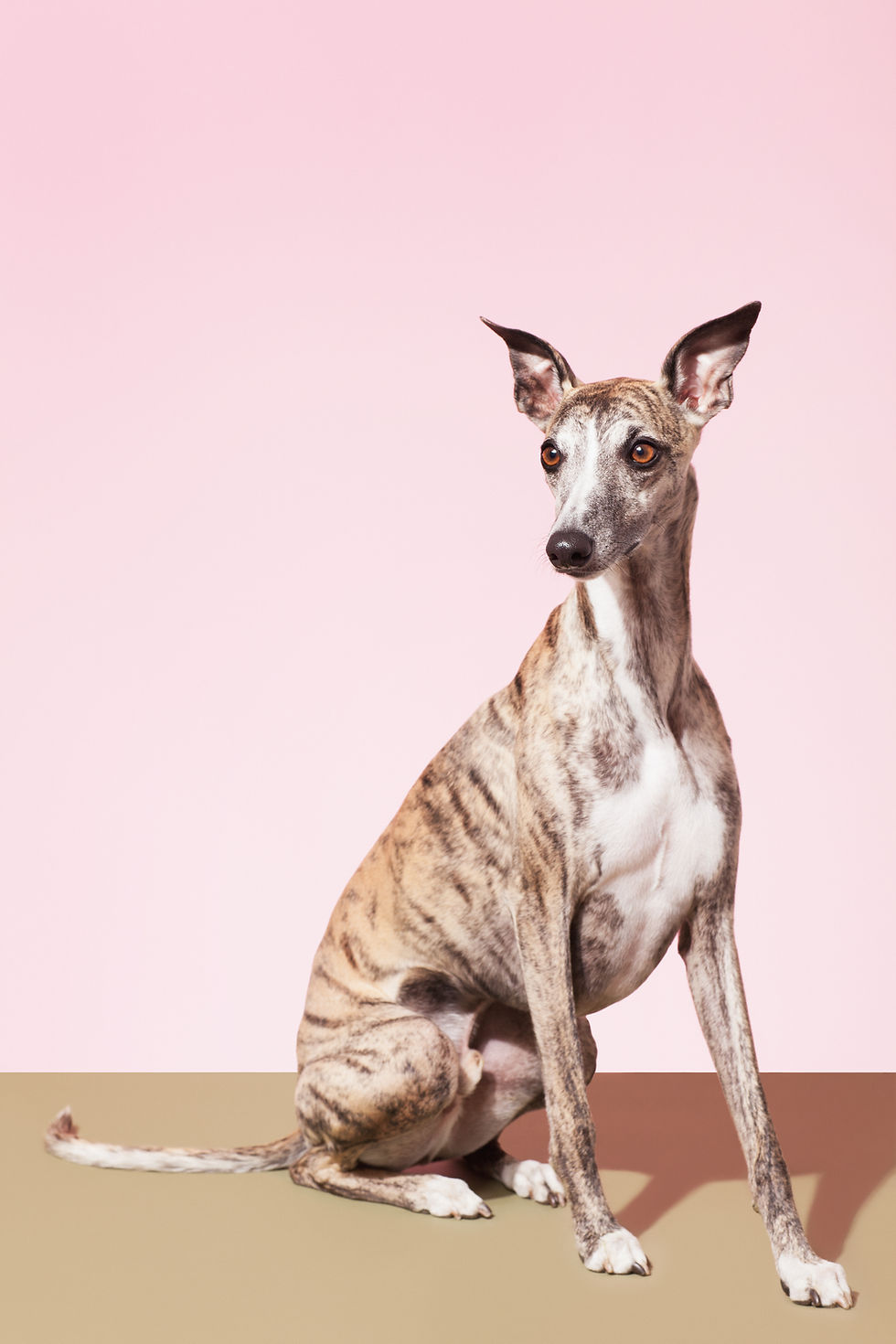Blue-And-Yellow-Macaw
- Jennifer J

- Feb 10, 2020
- 3 min read
The Blue-And-Yellow Macaw is a beautiful, and colourful bird species which is native to the Amazon rainforest. There are a total of 17 species of Macaw in the wild today. It's possible that there are more Macaw species that are within the Amazon rainforest. The Amazon rainforest is huge, it also has many undiscovered species today and it is estimated that two new species are found within the Amazon rainforest every single day.
There are also some species of Macaws which are now extinct. In 2018, the latest Macaw species became extinct, when the Blue Macaw (also known as the Spinx's Macaw) became extinct. Other Macaw species are very close to extinction: for example, the Glaucous Macaw is critically endangered in the wild today, there are 20 individual Glaucous Macaws or less within the wild today - Glaucous Macaws are found in South America.
Blue-and-Yellow-Macaws are not critically endangered.
What Is The Conservation Status Of These Birds?
Blue-and-Yellow-Macaws are classed as being of 'least concern' today. Being of least concern means that this bird species is not endangered or vulnerable to extinction at this moment in time.
What Is The Population Trend Of These Birds?
Although Blue-and-Yellow Macaws are not endangered, or vulnerable to extinction at this point in time, there is cause for concern as the population of Blue-and-Yellow Macaws is decreasing today.
What Is The Population Of Blue-And-Yellow-Macaws?
It's not known what their population in the wild is today.

Where Are Blue-And-Yellow Macaws Found?
Blue-and-Yellow Macaws are found in the Amazon rainforest. These beautiful birds are mostly found in Brazil, but they are also found in other South American countries nearby. Blue-and-Yellow Macaws are also found in: Columbia, Bolivia, Ecuador, Peru, Paraguay, Panama and others.
What Are The Threats To These Birds?
These bird aren't endangered, but they still do face threats. Probably the biggest threat to these animals is the deforestation of the Amazon rainforest. Deforestation, which is also the biggest threat to the Amazon rainforest today. In 2018, it was reported that deforestation within the Amazon rainforest was the worst that it had been in 10 years. And last year, forest fires within the Amazon took a devastating toll on the rainforest: there was at least 76,000 forest fires within the Amazon rainforest last year.
Such forest fires put species like Blue-and-Yellow Macaws at risk of extinction, however, it is not the only thing that puts animals like Blue-and-Yellow Macaws at risk of extinction: last year it was reported that the Amazon rainforest is near its tipping point, if the Amazon rainforest crosses its tipping point then the Amazon rainforest could collapse. If the Amazon rainforest collapses then the rainforest would be gone, alongside the animals within it, what is said to take place of the Amazon rainforest if it collapses is savanna land.
This would be disastrous for animals that live within the Amazon rainforest, including Blue-and-Yellow-Macaws: the disappearing Amazon rainforest threatens the very existence of these beautiful birds. If Blue-and-Yellow-Macaws are to survive for the future, then we must protect the Amazon rainforest: we have to protect the habitat of these birds (the Amazon rainforest), if these birds are going to survive in the future.
Are There Any Other Threats To These Birds?
Sadly, the destruction of the Amazon rainforest is not the only threat that Blue-and-Yellow Macaws face. Blue-and-Yellow Macaws are also threatened by the pet trade. The pet trade of Blue-and-Yellow Macaws is illegal, but sadly, the illegal pet trade threatens the existence of these birds.
The illegal pet trade in these birds has already had a devastating impact on these birds, as the illegal pet trade has already resulted in Blue-and-Yellow Macaws now becoming extinct in several areas where they once were.
Blue-and-Yellow Macaws are not the only species of Macaw to be threatened by the illegal pet trade, as other Macaw species are also threatened by the illegal pet trade. Wildlife trafficking of Hyacinth Macaw eggs is a risk to Hyacinth Macaws. Blue-Throated Macaws are also captured in the wild and sold into the illegal pet trade in South America.
All different species of Parrots are at risk of the illegal pet trade in South America, it's one of the main risks to these bird species.
What Can You Do To Help These Parrots?
One of the best ways that you can help Parrots is by not buying them as pets. If you by Parrots as pets, then you will be taking part in the illegal wildlife trade of these animals. Another way that you can help Parrots, is by not buying foods which are harmful to the Amazon rainforest.
You can check which foods don't cause the destruction of the rainforest with Rainforest Alliance - here are a list of foods certified by Rainforest Alliance.



Comments